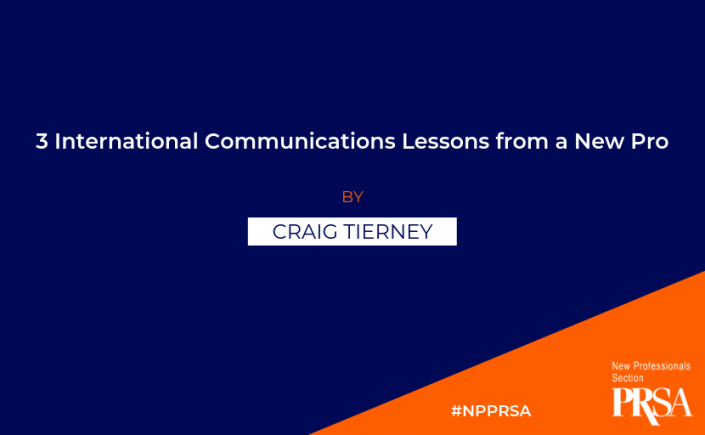The COVID-19 pandemic has brought to light more than ever the need for public relation practitioners to have the proper skills in crisis communication management. While this has always been known to experienced practitioners, it makes the case for those new to the industry to see if they need more knowledge and training in this area.
One of the ways to gain more knowledge is looking back at the past and learning from these case studies.
As a part of Ball State’s online master’s in public relations curriculum, students are required to take leadership courses — one being dedicated to case studies. The work completed by our students not only builds their critical analysis skills of how professionals handle public relations issues in global, digital and ethical contexts, but also provides an opportunity for recognition.
Two of my graduate students won third place in the 2020 Page Student Case Study Competition for their case study, “’Nothing to Hide.’ That’s Southwest. Navigating Crises Fast and Well With Human Stories in the Era of Misinformation.”
The case study took a deep dive into Southwest’s response to Flight 1380’s mid-air emergency, where the aircraft’s left engine exploded shortly after takeoff, causing the plane to plummet toward the ground. Shrapnel from the explosion broke through a passenger’s window, creating a vacuum that sucked her body halfway out of the plane before other passengers could pull her back inside to administer CPR. The crew managed an emergency landing, but the incident left one passenger dead and eight others with non-critical injuries.
Already known for its mission of “Transfarency,” Southwest maintained their core principle of transparency throughout the entirety of the crisis. During and in the immediate aftermath of this crisis, the airline remained transparent with its public, regularly communicating updates regarding the situation via press releases, Tweets, press conferences, sympathy letters, videos, inspection updates, compensation packages and blog posts.
After the incident, crew members and passengers of Flight 1380 were featured on various media outlets as a part of a media tour. Through the stories shared by crew and passengers, a narrative of faith and trust developed in Southwest’s messaging. These reputation tactics are only a few examples of what helped the airline recover from the crisis and gain back the public’s trust.
Studying how corporations and organizations respond to the public during times of crisis can provide a way to diversify your skills and critical thinking in your current and future public relations career. Employers are always seeking candidates with these sets of skills. If you think you may need more education or experience to help further your career, consider pursuing your master’s degree.
Ball State’s master’s in public relations is entirely online, so you can continue working while earning your degree. What you learn in our courses can be applied to your career the very next day.
Interested? Apply today. Applications for the 2021 Spring semester are due January 5, 2021. Use the code PRMA2020 before December 31, 2020 to waive the $60 application fee.
Dr. YoungAh Lee is an associate professor and Graduate Studies Director in the Department of Journalism. Her approach to public relations emphasizes the role of reputation, believing that businesses succeed best when they align their communication and business goals.
To learn more about Dr. Lee and Ball State University, visit the university’s Department of Journalism.
LinkedIn: Dr. YoungAh Lee

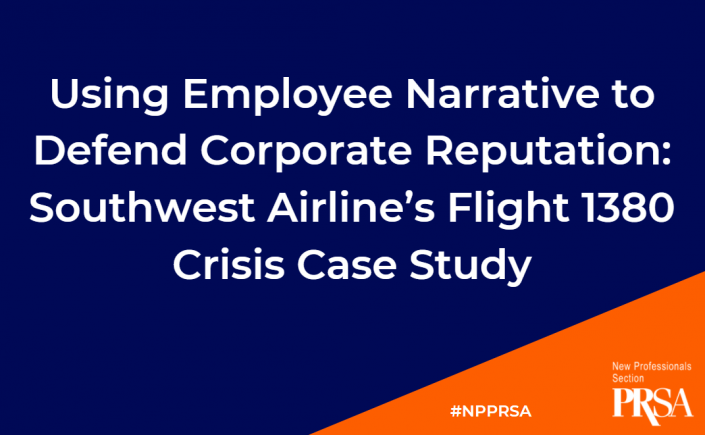

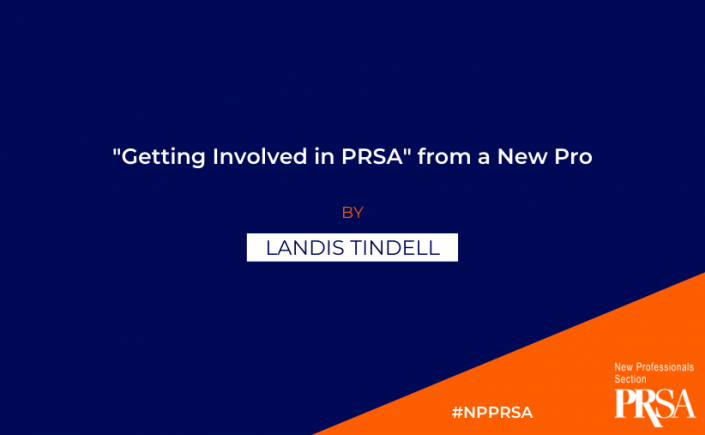
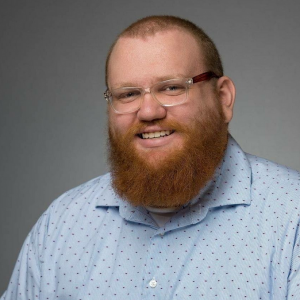
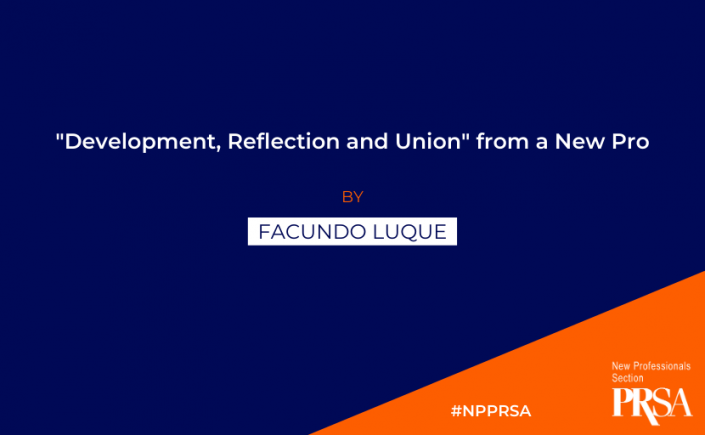

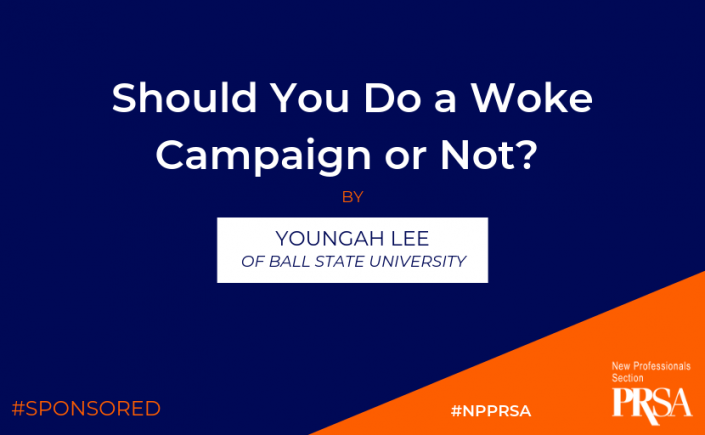
![5555555[1]](http://prnewpros.prsa.org/wp-content/uploads/2019/04/55555551-212x300.jpg)
